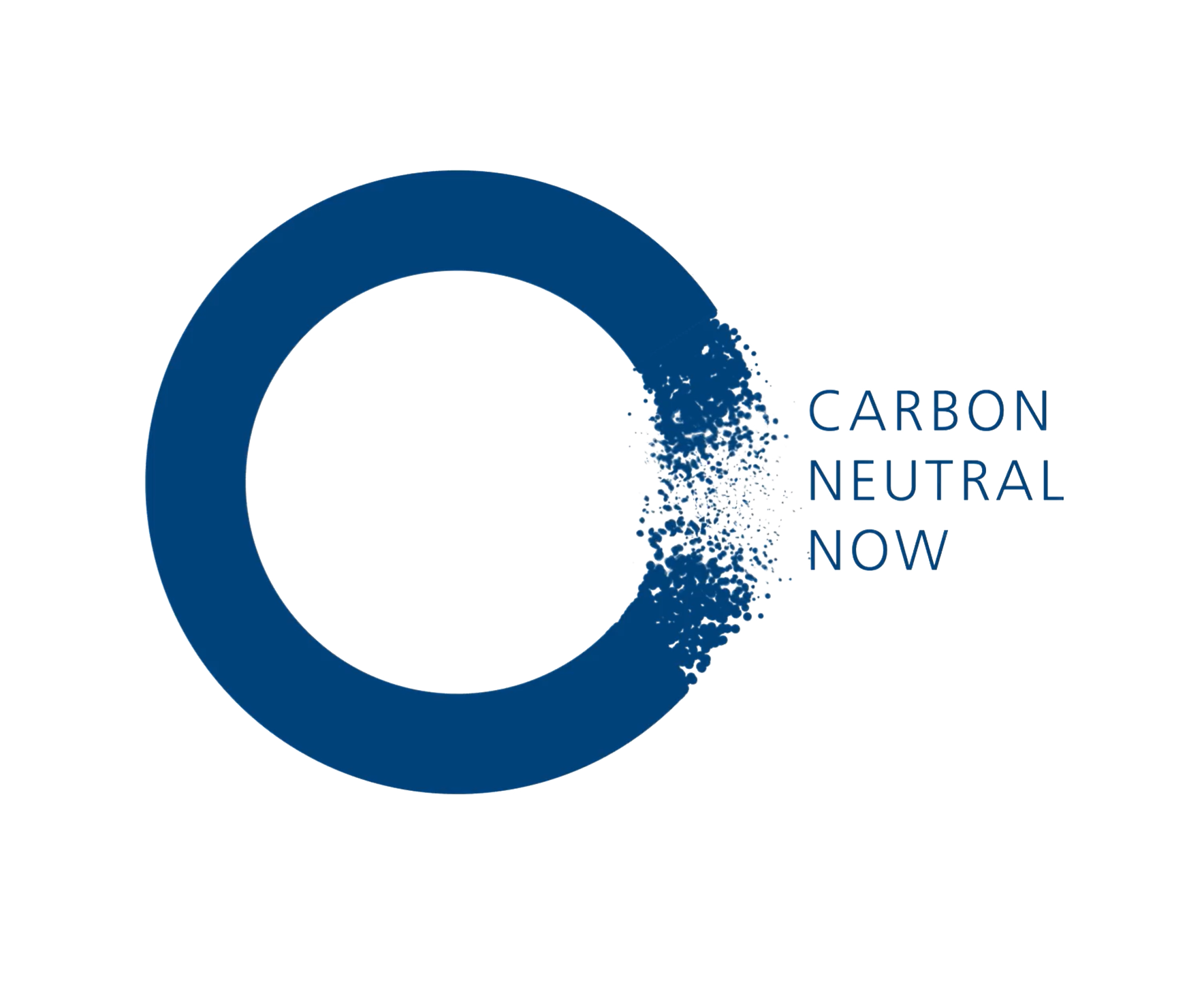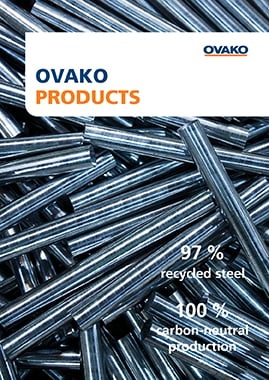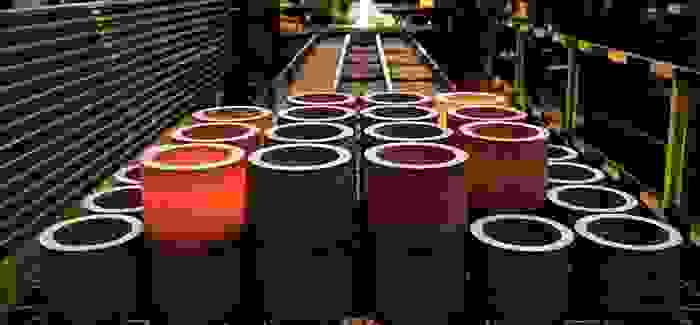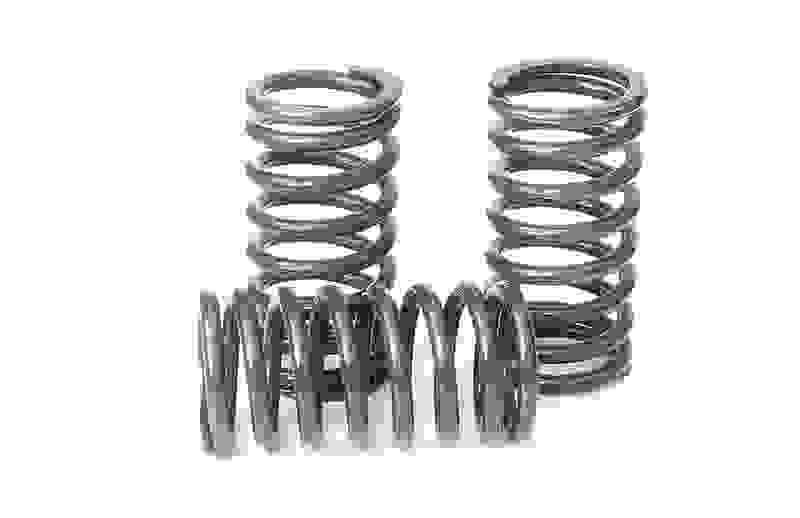Nitriding is a heat-treating process that diffuses nitrogen into the surface of a metal to create a case-hardened surface. The processes are thus similar to case-hardening but performed at a lower temperature. The advantage with nitriding is mainly the reduced distortion behavior compared to carburizing and still give a high surface strength and ductile core. However, since the process is performed at lower temperature, the same case depth as for carburizing will take considerable time to reach. Nitriding can also increase the corrosion resistance of a component. Typical applications are small gears, crank shafts and wear parts.
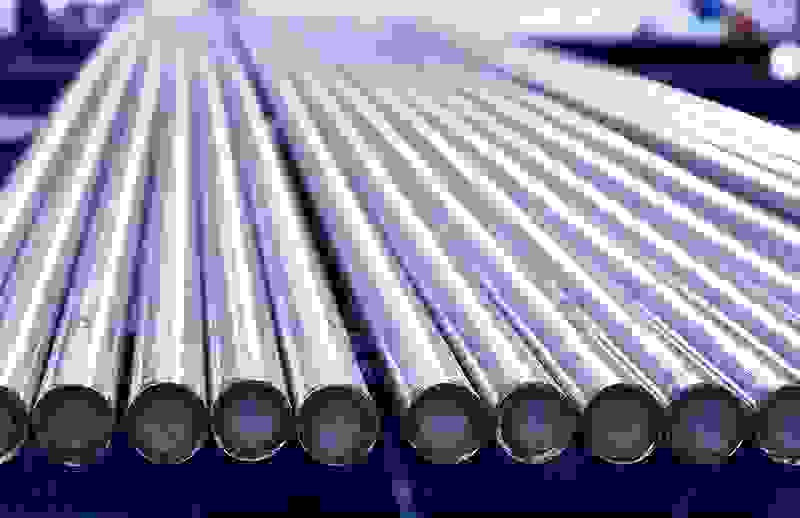
|
EN-standard |
Ovako |
Typical analysis |
||||||
|
|
|
C |
Si |
Mn |
Cr |
Mo |
Ni |
Other |
|
8CrMnMo16-4* |
0.08 |
0.3 |
1.0 |
4.0 |
0.5 |
|
|
|
|
42CrMo4 |
0.42 |
0.3 |
0.7 |
1.0 |
0.2 |
|
|
|
|
18CrMo8-5* |
0.18 |
0.3 |
0.9 |
1.9 |
0.5 |
0.3 |
|
|
|
21CrMoV5-7* |
0.21 |
0.3 |
0.6 |
1.4 |
0.7 |
|
V |
|
|
30MoCrV20-7* |
0.30 |
0.2 |
0.3 |
1.7 |
1.8 |
|
V |
|
|
16CrMnNiMo9-5-2* |
0.16 |
0.1 |
1.3 |
2.2 |
0.5 |
0.5 |
V |
|
|
31CrMoV9 |
0.30 |
0.2 |
0.5 |
2.5 |
0.2 |
|
V |
|
|
48CrMoNi4-10* |
0.48 |
0.2 |
0.8 |
1.1 |
0.9 |
0.5 |
V |
|
|
32CrMoV12-10* |
0.32 |
0.2 |
0.5 |
3.0 |
1.0 |
|
V |
|
|
21CrMoV5-7* |
0.21 |
0.3 |
0.6 |
1.3 |
0.7 |
|
V |
|
|
X20NiCrAlMoV6-5-2-1* |
0.08 |
0.1 |
0.3 |
5.0 |
0.7 |
5.0 |
Al |
|
|
X20NiCrAlMoV6-5-2-1* |
0.18 |
0.1 |
0.3 |
5.0 |
0.7 |
6.0 |
Al, V |
|
|
X20NiCrAlMoV6-5-2-1* |
0.28 |
0.1 |
0.3 |
5.0 |
0.7 |
6.0 |
Al, V |
|
EN-standard designation followed by “*” is not an official EN standard grade but named according to the rules in EN 10027.
We made it! But we are still not satisfied
What a journey! It took years of hard work to make our steelmaking operations more sustainable. In 2022, we went carbon neutral in all operations. But we´re still not satisfied - our journey towards steel production without CO2 emissions continues.
Read more about our path to carbon neutrality
